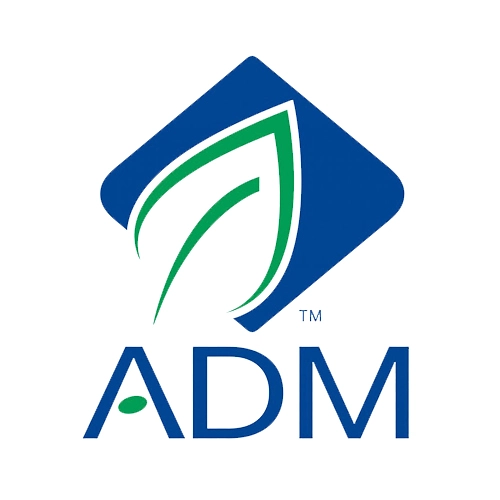
ELECTRONIC SPEED SIGNS: A BOON FOR TRAFFIC SAFETY
As technology continues to advance, it’s no surprise that it has made its way into almost every aspect of our lives, including road safety. One such technological innovation that has gained significant attention in recent years is electronic speed signs. These digital displays are designed to replace traditional painted speed limit signs and have been hailed as a boon for traffic safety. But are they effective? Let’s take a closer look.
Traditional Painted Speed Limit Signs vs Electronic Speed Signs
Before we dive into the benefits of electronic speed signs, let’s first compare them to traditional painted speed limit signs. The latter has been the standard for decades and has served its purpose well. However, there are several limitations to their effectiveness.
Firstly, painted signs can become faded and difficult to read over time, especially at night or during inclement weather conditions. Secondly, they can be easily damaged or vandalized, which can lead to incorrect speed limits being displayed. Lastly, they require frequent maintenance and replacement, which can be costly and time-consuming.
On the other hand, electronic speed signs offer several advantages. They are highly visible, even from a distance, and their brightness can be adjusted according to lighting conditions. Additionally, they are tamper-proof and can display real-time updates, making them far more reliable than traditional signs.
Improved Visibility and Legibility
One of the primary concerns for drivers is the ability to see and read speed limit signs. Electronic speed signs excel in this area due to their large, bright displays. They utilize LED or LCD technology, ensuring that the numbers are always sharp and easy to read, regardless of the surrounding environment.
Moreover, many electronic speed signs come equipped with sensors that detect approaching vehicles and automatically adjust the brightness accordingly. This feature ensures that the sign remains readable even in low-light conditions, reducing the risk of accidents caused by poor visibility.
Real-Time Updates and Flexibility
Unlike traditional painted signs, electronic speed signs can display real-time updates. This means that authorities can remotely change the speed limit based on current road conditions, construction, or special events. This flexibility allows for safer and more efficient traffic management.
For instance, during heavy rainfall or snowstorms, the speed limit can be temporarily reduced to ensure driver safety. Similarly, when roads are closed or undergoing repairs, the speed limit can be adjusted accordingly to reflect the changed circumstances.
Enhanced Driver Behavior and Compliance
The conspicuous nature of electronic speed signs grabs drivers’ attention, encouraging them to slow down and adhere to the posted speed limit. Studies have shown that these signs promote improved driver behavior and compliance, leading to a decrease in speed-related accidents.
Furthermore, some electronic speed signs come equipped with features like speed cameras and radar detection. These additions serve as a deterrent against speeding, further promoting safe driving practices.
Cost-Effectiveness and Environmental Benefits
While the initial investment in electronic speed signs may seem steep, their long-term benefits make them a cost-effective solution. Traditional painted signs require regular maintenance and eventual replacement, whereas electronic signs can operate for years without needing significant upkeep.
Additionally, electronic speed signs are eco-friendly since they do not require the same level of resource consumption as traditional signs. Their energy efficiency reduces carbon emissions and minimizes waste generated from replaced signs.
Conclusion
In conclusion, electronic speed signs are indeed a boon for traffic safety. Their enhanced visibility, real-time updates, and adaptability make them a valuable asset for managing traffic efficiently and safely. While there may be an initial financial investment, the long-term benefits far outweigh the costs. As technology advances, we’ll likely see even more innovations in traffic safety solutions. Until then, electronic speed signs have been a welcome addition to our roads.
FAQ’s
Q.1 What is the purpose of electronic speed signs?
Ans: Electronic speed signs are designed to enhance road safety by displaying real-time speed limits and providing better visibility and adaptability to changing conditions.
Q.2 What is the electronic speed awareness sign?
Ans: An electronic speed awareness sign is a digital display that informs drivers of their current speed and promotes awareness of speed limits, contributing to safer driving habits.
Q.3 What is a speed warning system?
Ans: A speed warning system is a technology that alerts drivers when they exceed a preset speed limit, helping to prevent speeding-related accidents and promoting responsible driving.
Q.4 What is an electronic speed limit?
Ans: An electronic speed limit is a dynamic display that can be adjusted remotely to reflect changing road conditions, ensuring drivers are aware of and adhere to the appropriate speed restrictions.
Q.5 Who set the national speed limit?
Ans: The Ministry of Road Transport and Highways (MoRTH).
Q.6 What are some potential environmental benefits of using electronic speed signs?
Ans: Electronic speed signs offer environmental benefits by being energy-efficient and reducing the need for frequent sign replacements. This efficiency lowers carbon emissions and minimizes waste, contributing to a greener and more sustainable road infrastructure.
Q.7 How do electronic speed signs adjust their brightness to match different lighting conditions?
Ans: Electronic speed signs often incorporate light sensors that detect ambient lighting levels. When light levels decrease, such as at night or during adverse weather, these sensors trigger the sign to increase its brightness, ensuring optimal visibility for drivers.





















